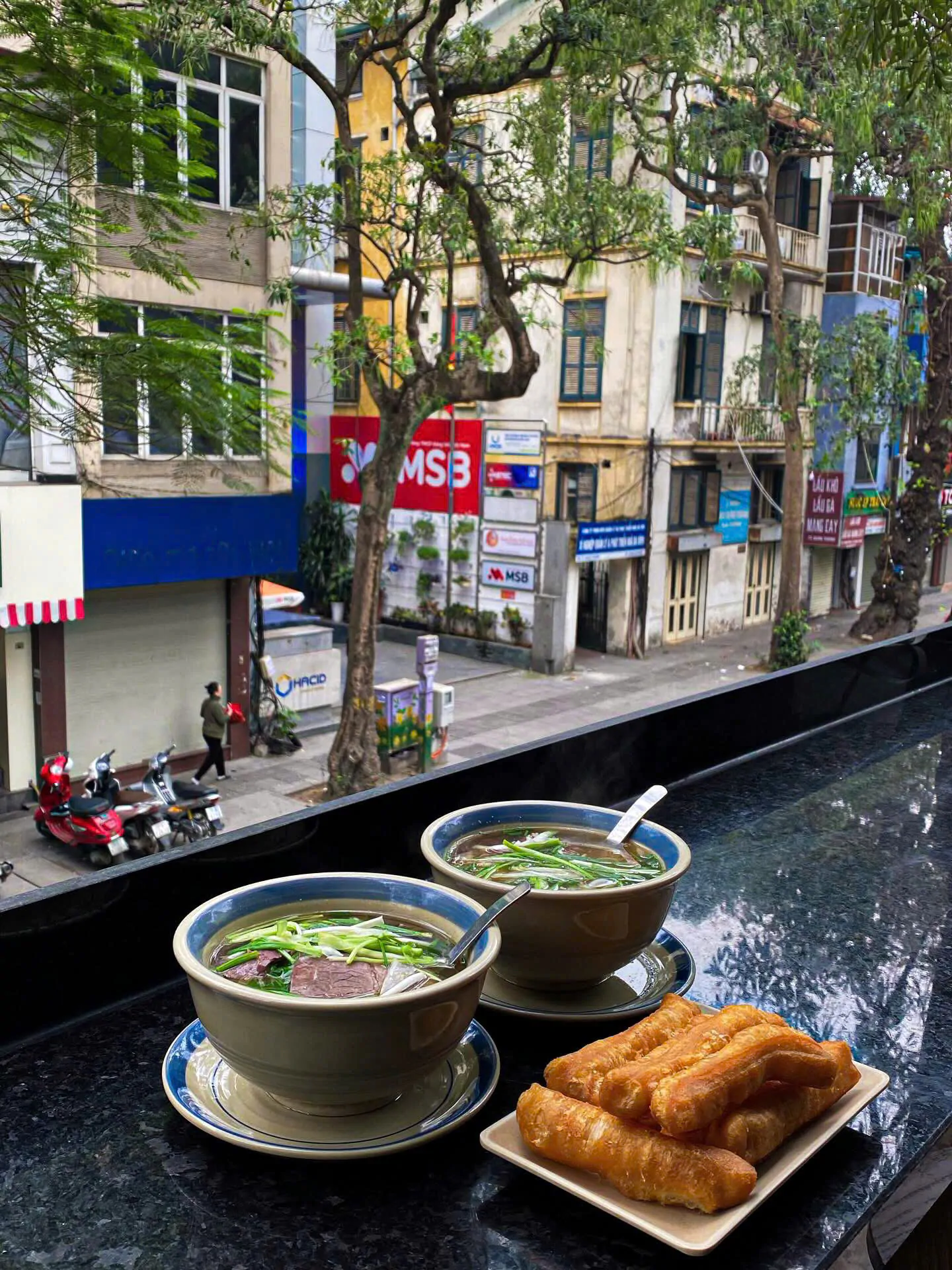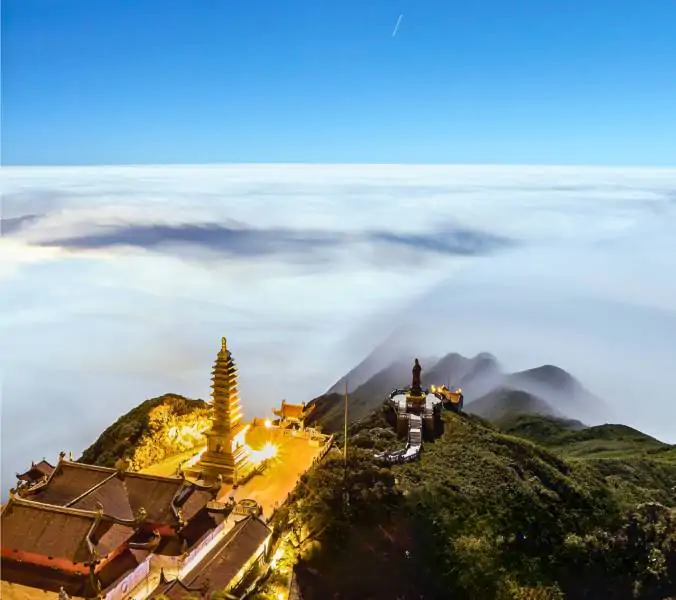Contents
Mausoleum of President Ho Chi Minh
1. Introduction to Ho Chi Minh Mausoleum
Ho Chi Minh Mausoleum stands as one of the most significant landmarks in Hanoi, embodying the respect and love of the Vietnamese people for their beloved leader, Ho Chi Minh. This grand structure serves as a place of remembrance and honor, housing the preserved body of President Ho Chi Minh, who dedicated his life to the freedom and independence of Vietnam. The mausoleum has become an essential part of Vietnamese history, attracting millions of visitors each year from both within the country and across the globe. With Vietnam Discovery Travel, you can delve deep into the historical significance of this site and experience the nation’s unwavering respect for its leader.

2. Who Was Ho Chi Minh?
Ho Chi Minh (born May 19, 1890 – died September 2, 1969) was the first President of the Democratic Republic of Vietnam and the founding father of modern Vietnam. He played an instrumental role in leading Vietnam through its struggle for independence from colonial powers. His vision, determination, and leadership paved the way for the country’s unification. Ho Chi Minh was not only a political figure but also a symbol of resilience and humility, earning him the affectionate title “Uncle Ho” from the Vietnamese people. His philosophy and quotes, such as “Nothing is more precious than independence and freedom,” still resonate with the nation today.

3. Construction and Architecture of the Mausoleum
The Ho Chi Minh Mausoleum is a monumental structure, inspired by Lenin’s Mausoleum in Moscow but distinctively designed with Vietnamese elements. Construction began on September 2, 1973, and it was officially inaugurated on August 29, 1975. The building’s unique blend of traditional Vietnamese architecture and modern elements represents the nation’s respect for its leader.

The mausoleum stands 21.6 meters tall and 41.2 meters wide, featuring a sloping roof reminiscent of ancient Vietnamese temples. The exterior is constructed from grey granite sourced from various regions in Vietnam, symbolizing the unity of the country. Inside, the space is adorned with polished stone in grey, black, and red tones. The phrase “Chủ tịch Hồ Chí Minh” (President Ho Chi Minh) is inscribed on the front façade, while a large plaza with 240 green squares lies in front, serving as a place for gatherings and ceremonial events.
One of the most remarkable aspects of the mausoleum is the coffin holding Ho Chi Minh’s preserved body. Crafted by expert artisans from both Vietnam and the Soviet Union, the coffin is placed on a bronze bed adorned with intricate lotus flower motifs. The structure is equipped with an advanced automatic lift system to ensure precise and delicate handling. The display area is dimly lit to maintain a serene and respectful atmosphere.
4. Details About Visiting Ho Chi Minh Mausoleum
Address:
2 Hùng Vương, Điện Bàn, Ba Đình, Hanoi, Vietnam
Opening Hours:
- 7:30 AM – 10:30 AM, Tuesday to Thursday and weekends (Closed on Monday and Friday)
- Closed annually for maintenance from September to November
Entry Fees:
- Entry is free for both locals and foreigners.
- Special guided tours may be arranged with extra fees through Vietnam Discovery Travel for an enhanced experience.

How to Get There:
The Ho Chi Minh Mausoleum is located in the heart of Hanoi’s Ba Dinh District. Visitors staying at La Sinfonía del Rey Hotel can easily reach the mausoleum within a 15-minute drive, as it is only 4.8 km away. Taxis, motorbike rentals, and local buses are convenient options for transportation.
5. Tips for Visitors and Nearby Attractions
When visiting the Ho Chi Minh Mausoleum, it is essential to be aware of the respectful atmosphere maintained within the premises. Visitors are required to dress modestly, with shoulders and knees covered, and to avoid loud conversations. Photography inside the mausoleum is strictly prohibited, and visitors are asked to move silently in single file as a sign of respect.
Nearby Attractions:
- Ho Chi Minh Museum: Located right next to the mausoleum, this museum offers an in-depth look at the life and legacy of Ho Chi Minh.
- One Pillar Pagoda: A short walk from the mausoleum, this iconic pagoda is one of Vietnam’s most famous Buddhist structures.

- Presidential Palace: A grand French colonial building located nearby, which served as the residence for the French Governor-General of Indochina.

6. Conclusion
Visiting the Ho Chi Minh Mausoleum with Vietnam Discovery Tours offers a profound insight into Vietnam’s history and its deep respect for its national hero. This sacred site is not only a place of homage but also a journey into the heart of Vietnamese patriotism. For any questions or booking inquiries, feel free to reach out via WhatsApp to ensure a seamless travel experience and uncover the best of Vietnam’s historic treasures with ease.























